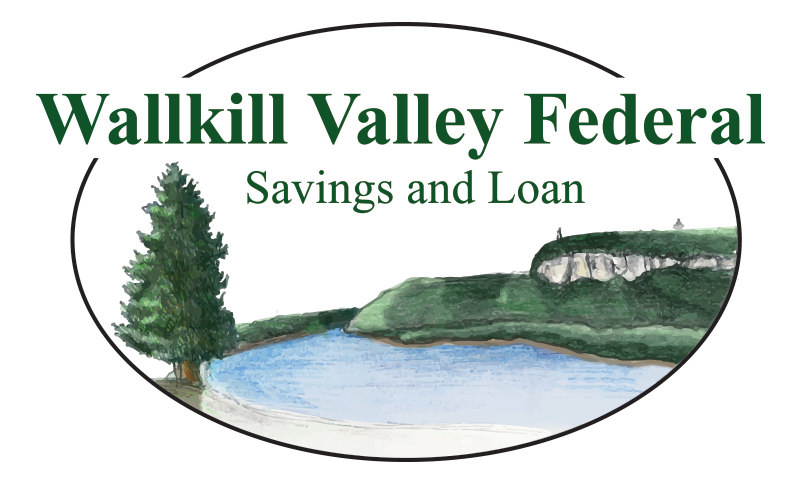As a kid, they were the Birthday present you weren’t really sure about. A really cool looking piece of paper that was sort of money but you couldn’t spend it…yet. You may have even thought to yourself once or twice, What do I do with these?
Savings bonds, at one time, were a great investment for children. Pay half of the face value on the bond, and after a specific time period they were able to be cashed for the full amount. However over the years, they have decreased in popularity. In fact, you can no longer purchase paper savings bonds from your local banking institution. They can only be purchased digitally through the US Treasury Department. We figured we would help unlock the mysteries of these bonds and provide some ideas on how to use them once they reach the full value.
What exactly is a Savings Bond?
Savings Bonds have been issued by the U.S. Treasury Department since 1935. When you buy a savings bond, you are essentially loaning the amount you pay for the bond to the US Government. After a set period of time (which depends on the type of bond), you are able to redeem your bond for the face value plus interest. These were a very popular way to invest money in the past, Grandmas across the country purchased to give as gifts for baby showers, birthdays and even graduations.
How do I turn them in?
The first step to take when you want to turn in a savings bond is to check the current value of the bond. You can do this by going to http://www.treasurydirect.gov/BC/SBCPrice and entering in the type of bond and the issue date. Once you have determined the value and decided to cash it, you bring it to a financial institution and they will give you the cash value. When you turn in the bond, you will receive IRS Form 1099-INT with your redeemed bond. You will be taxed on the interest that your bond has earned, although there are special considerations such as whether the bond is used for education or if you have been affected by a disaster.
What do I do with them now?
Once you determine that your bonds are at maturity and you’ve cashed them in, we’re sure there’s a burning question in your mind: what do I do with them now? Here are some tips on what to do with the money from your bonds once they are cashed.
1. Pay for School
Whether it’s putting money towards your college education, buying textbooks or a new laptop, or trying to reduce some of that student loan debt, savings bonds can be a great way to help you with the expenses that come along with education. You may even qualify for a tax break on the bond when you use it for educa2.tion.
2. Pay for your Car
Savings bonds can be a great way to help out with automobile expenses! Use the money to put a down payment on a car or pay off any debt you owe on your current car.
3. Pay for your House
Since bonds tend to mature around the time when someone may be looking to purchase a home of their own, they can be a great source of extra cash to put towards home expenses such as renovations, a down payment, or closing costs.
4. Invest
Once your bonds are done earning interest, you can cash them in and re-invest. Why not one of our CD’s, IRA’s, or savings accounts?
As your community bank, Wallkill Valley Federal Savings and Loan wants to help you along every step of your financial journey. If you have savings bonds and aren’t sure what to do with them, feel free to give us a call at (845)895-2051 or stop into one of our branches and speak to someone. We are more than happy to answer any of your questions and give you advice on what to do with those bonds.
dollar-8970921280.jpg


